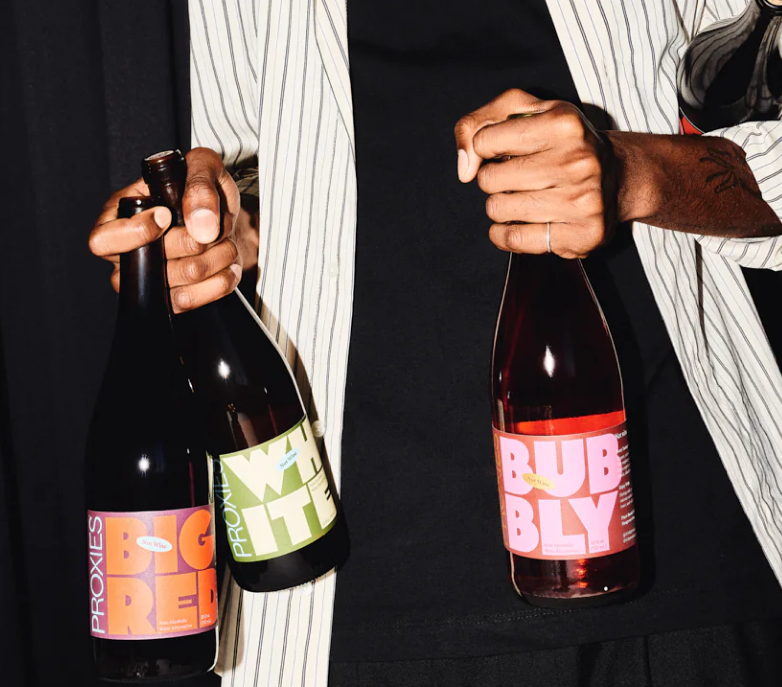
Acid Test with Matt Park
Share
This time around on Acid Test, we're chatting sour beer and other acidic things with Matt Park, Owner and Brewery Director of Burdock Brewery in Toronto.
Burdock, a longtime Acid League favorite, is best-known for their widespread use of wine ingredients and techniques in their standout beers. Park and the Burdock team are never afraid to experiment, love good food and drinks, and appreciate great design so we feel a special sort of kinship with everything they do. And it doesn’t hurt that they like to explore the sour side of beer too. Bumo, their full-on beer-wine hybrid is a special occasion fave, while NULA, their dry-hopped sour ale is a regular weekend warrior. Lately, though, our favorite Burdock beverage is their Lacroix-beating flavored soda water. Simple, zippy refreshment in a can.
Read on to learn more about how Park leverages acidity to make great-tasting beer and why he began experimenting with wine in his beer.
What does acidity mean to you?
Acidity is the character of sourness in a beverage. Acidity is so varied and diverse. It can be sharp, prickly, electric, weird and sickly, zippy, clean, corrosive, abrupt, wide, mouthwatering, eye-watering. It is so important in the calculus of whether a beverage is good or not.
What does acidity bring to beer?
Acidity (and sometimes lack thereof) brings beers to life. Pale ales normally sit between 4-5pH (which is fairly basic for beverage). Sour beer sits in the 3-4pH range. Sour beer can be so refreshing and juicy, but after a certain point acidity is painful. Why do winemakers find beer so refreshing? If you've been drinking hardcore acidic wine all day (2.5-3.5pH) the last thing you want to guzzle is a bottle of Cantillion (as beautiful and magical as it is). You want a crispy, herbaceous, and basic (in pH) pilsner. Pilsner is like Tums to sommeliers and winemakers.
How do you approach acidity in your beers?
We love acidity in moderation. We approach acidity like a chef adding a pinch of lemon in the kitchen to brighten flavors and make a beer lively. We're not trying to make face-melting lemon-fresh squeeze. A little bit of zippy acidity can bring a beer to life. It makes beverage sing, it can make you salivate and want to take another sip. Too much acidity is gut-wrenching, it destroys your palate and makes your face sweat. Dry-hopped sour beers can be beautiful, the acid makes the citrus character of the hops actually taste like citrus. When we're using grape skins that have been fermented out and pressed, resting them on sour beer can bring the fruit back to life. In general, we never want to make beers that are too sour to drink more than one. Acidity is a tool to be used in moderation and should always be the backup singer, never the main act.
What is your favorite flavor-tripping memory?
I remember the first time I tried a Pearl Morissette wine. It was a hot summer day and I was working in the brewery in rubber boots and shorts and was completely soaked in beer. We had just opened a month or two earlier and were doing a lot of tastings trying to build a wine program that was Ontario focused. I was absolutely blown away at the parallels between some spontaneous beers I had tasted and this wine. It had this aroma that I associated with the diesel-laden aromas of Belgian Geuze. I had so many questions—and have spent the last five years answering those questions by making beer with wine techniques and ingredients.





